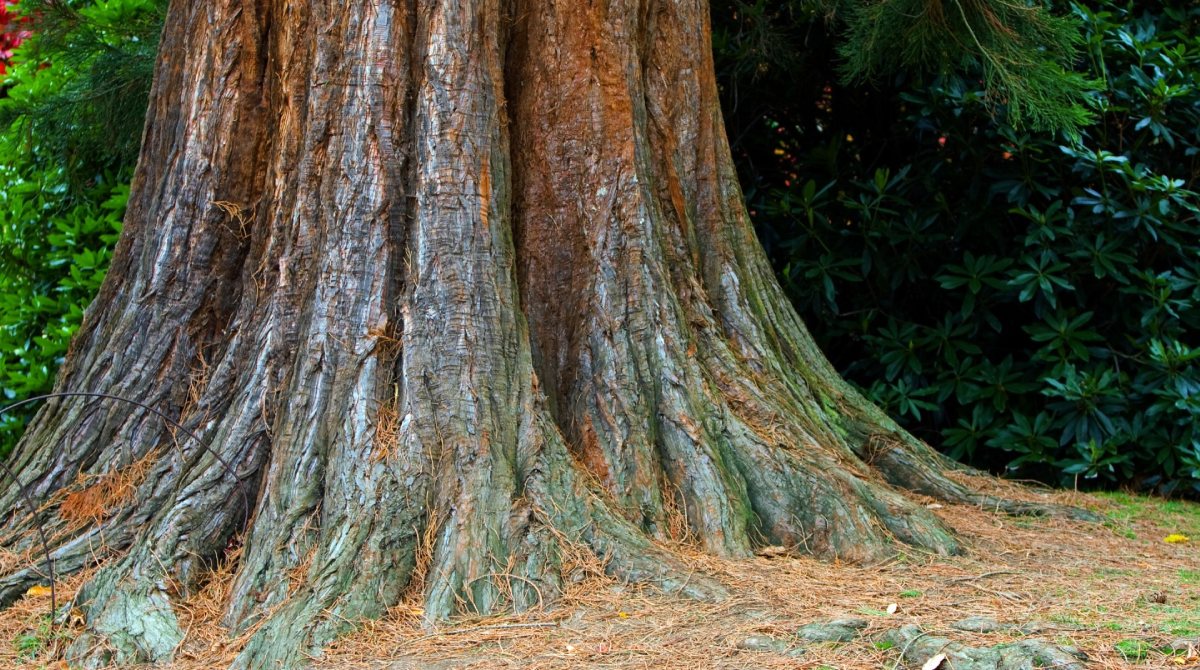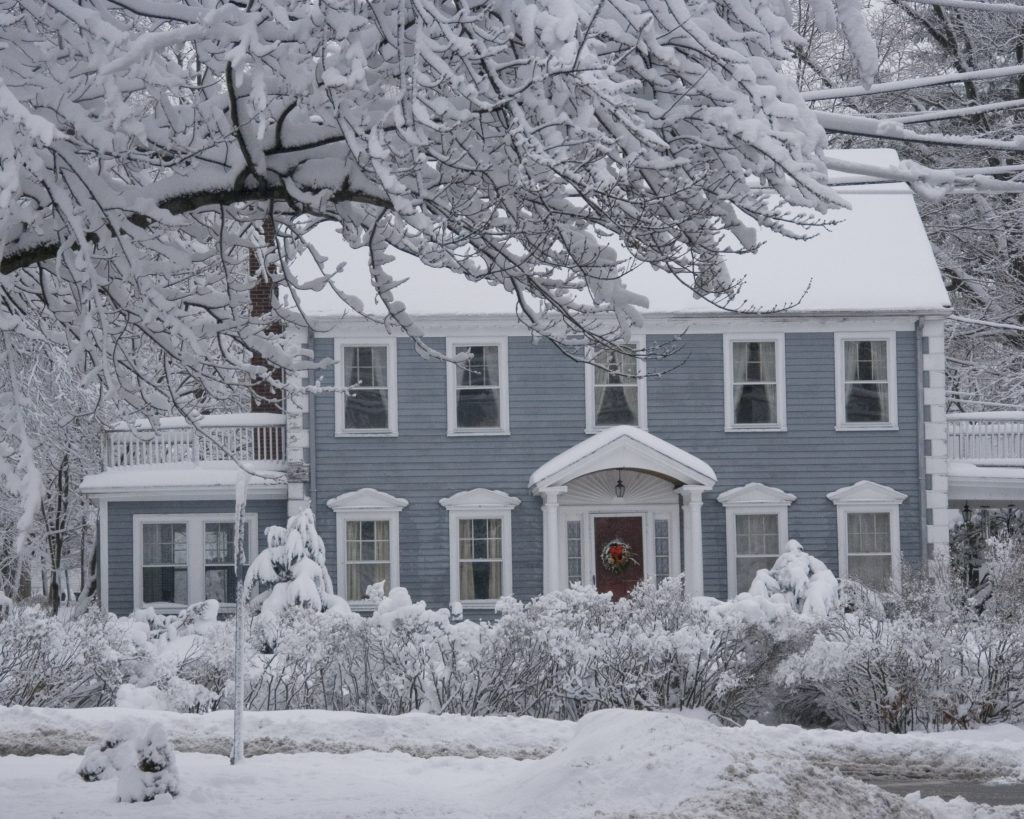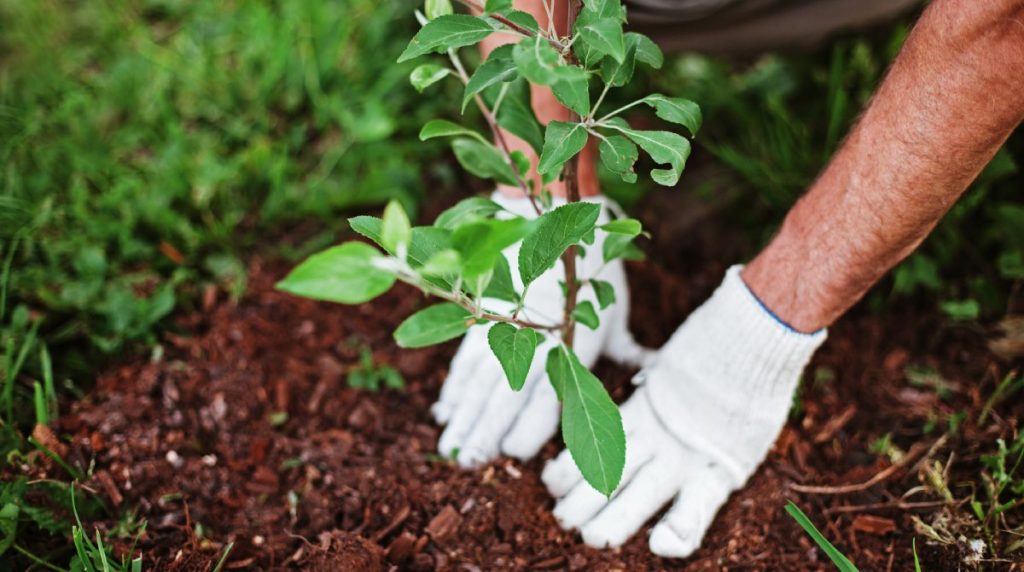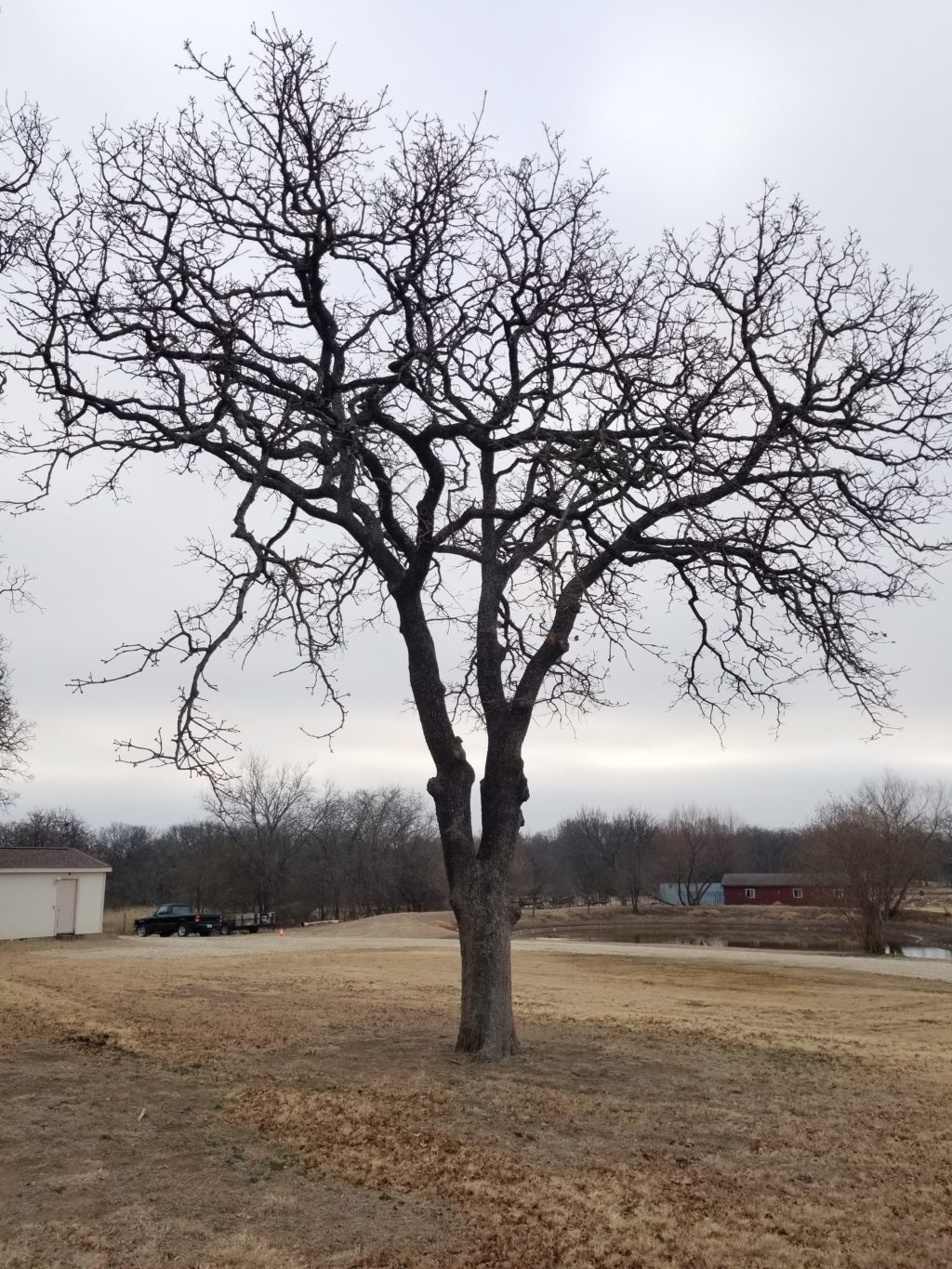
Date April 25, 2022
Category
Are you concerned about the health of your trees? If so, you’re far from alone. Trees are a critical part of our environment, providing shade and oxygen and helping to clean the air. But sometimes it’s hard to tell whether a tree is healthy or not. Here are four easy tips to evaluate trees just by inspecting a tree’s trunk! Happy evaluating!
Tree Health Assessment
Trees are often thought of as long-living, static beings, but they are actually quite dynamic and ever-changing. Start your tree health evaluation by looking for wounds on the trunk, discolored spots, and a well-developed root flare. If a tree is otherwise healthy, then there is a good likelihood that the tree’s ailments can be reversed with a little TLC from you (and, of course, following these tips to evaluate trees).
Trunk Tips to Evaluate Trees
Trunk Flare
Is the flare of the trunk’s base visible to you? If yes, that’s a sign the tree is in good health. If the flare is buried, however, this calls for attention.
With help from an AirSpade, arborists can excavate excess soil to expose the flare and remove girdling roots. With the trunk flare now exposed, only spoke-wheel-looking roots should be left behind.
Trunk and trunk base branches
Can you see branches that shoot out from further down the trunk than looks normal?
While this exact assessment may be affected by the particular species in question, a full and shapely canopy is a good sign of a healthy tree. There may be a few outlying sprouts on the trunk, but only a few shouldn’t be cause for concern.
However, if there is heavy spouting towards the lower end of the trunk or your tree is starting to look more like a shrub at its base, or if the branches are dying back at the tips and the canopy is thinning, this is possibly a case of a tree buried in too much soil or mulch. After consulting with an arborist first to confirm, use an AirSpade to remove the excess soil/mulch surrounding the base and leave the healthy spoke-wheel roots exposed, much like the trunk flare solution.
Note: Try to hold off on pruning away these low-hanging branches until after that consultation, as in some cases, lower branches may actually be a component of structural reinforcement.
Trunk Wounds
Say your tree recently experienced an impact from a lawnmower, construction machinery, incorrect pruning, or even a vehicle; a wound to the trunk may have been left behind that removed some of the tree’s protective layer of bark.
Assess how much of the bark has come off the tree. If the bark is still firmly in place, then your tree is likely doing just fine. If sections of the trunk bark have fallen off, the tree is decidedly at risk of being not only unhealthy but could also be unstable. Call an ISA-Certified arborist as soon as possible to get your tree the help it needs to survive.
Annual trunk diameter growth
This one will obviously be a long-term tree assessment. At the start and end of each growing season, wrap a tape measure around the trunk of your tree and record your findings. If there is around or more than approximately 0.75 inches (or 2 centimeters) of growth, your tree is on the right track! This amount can vary by species and age of the tree.
If your tree seems to only have expanded about 0.25 inches (or 0.6 centimeters) or less in the last year, a soil check by a tree professional may be a good next step. Perhaps a nutrient is lacking and may be negatively affecting the tree’s health. Something like MitoGrow might be just the solution!
Trees are a vital part of our ecosystem and, as arborists, we appreciate their importance more than most. By understanding how to read the clues a tree leaves behind, you can get an idea of the health of your tree and what problems it may be experiencing. Our team at TreeNewal is always here to help you interpret these clues and make decisions about your trees’ health. If you have any questions or need assistance evaluating your tree’s health, don’t hesitate to contact us!
If you need advice or assistance with assessing the health of your trees this spring, get in touch with the ISA-Certified Arborists at TreeNewal and enjoy tailored tree care advice.
To learn more about 4 Easy Tips to Evaluate Your Tree’s Trunk, call our Argyle and Southlake-based teams
at tel:(817) 592-6846 or send us a message.
We’re a little different than the average tree services company.
Learn more about TreeNewal’s ISA Certified Arborists!
Our Dallas/Fort Worth-based tree doctors can explain how sustainable tree care services add more value to your bottom line.
Healthy trees, healthy lives.








